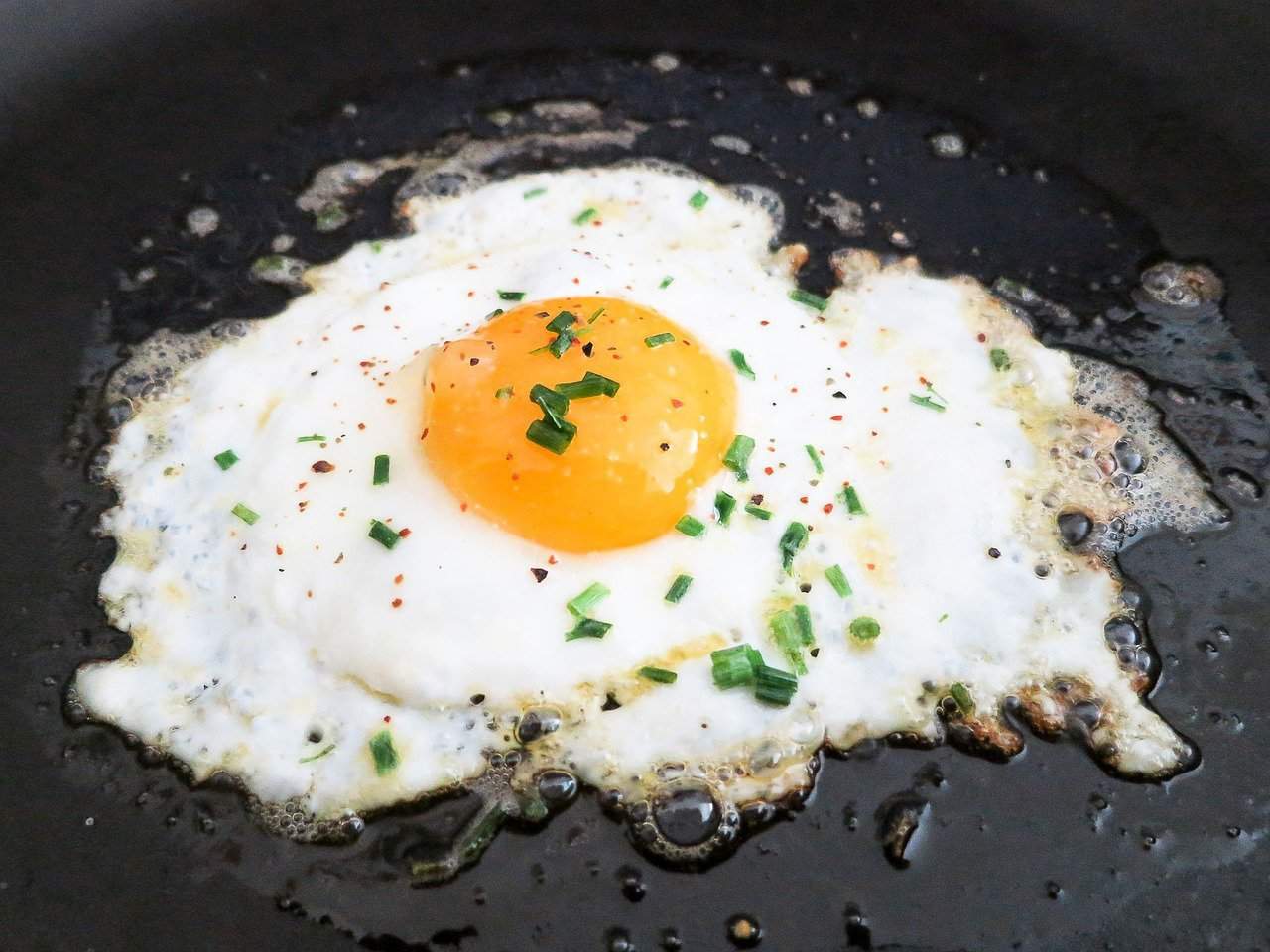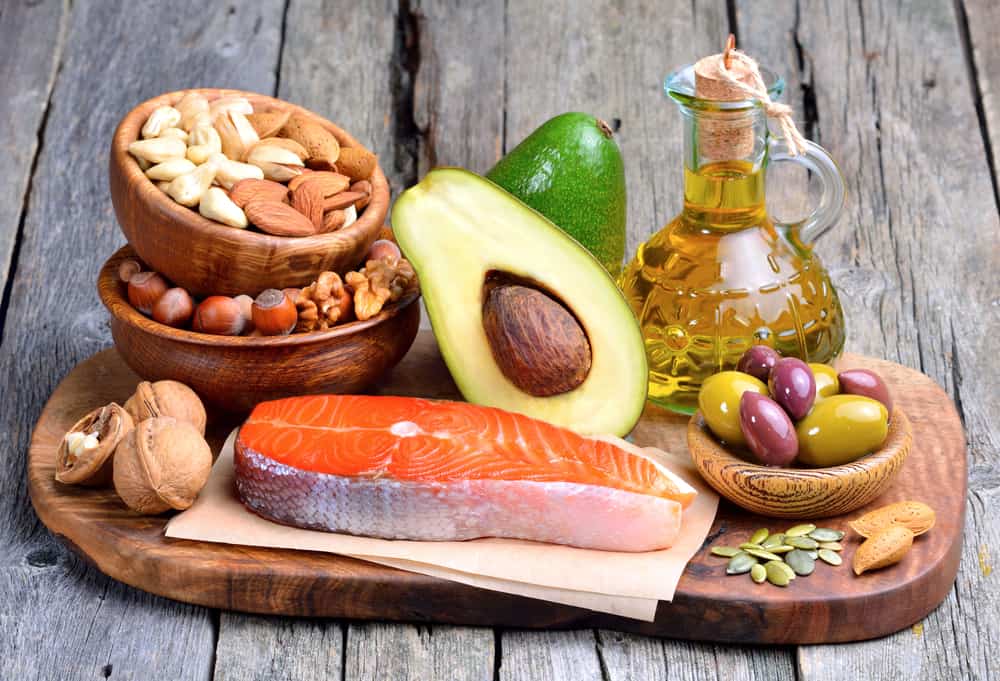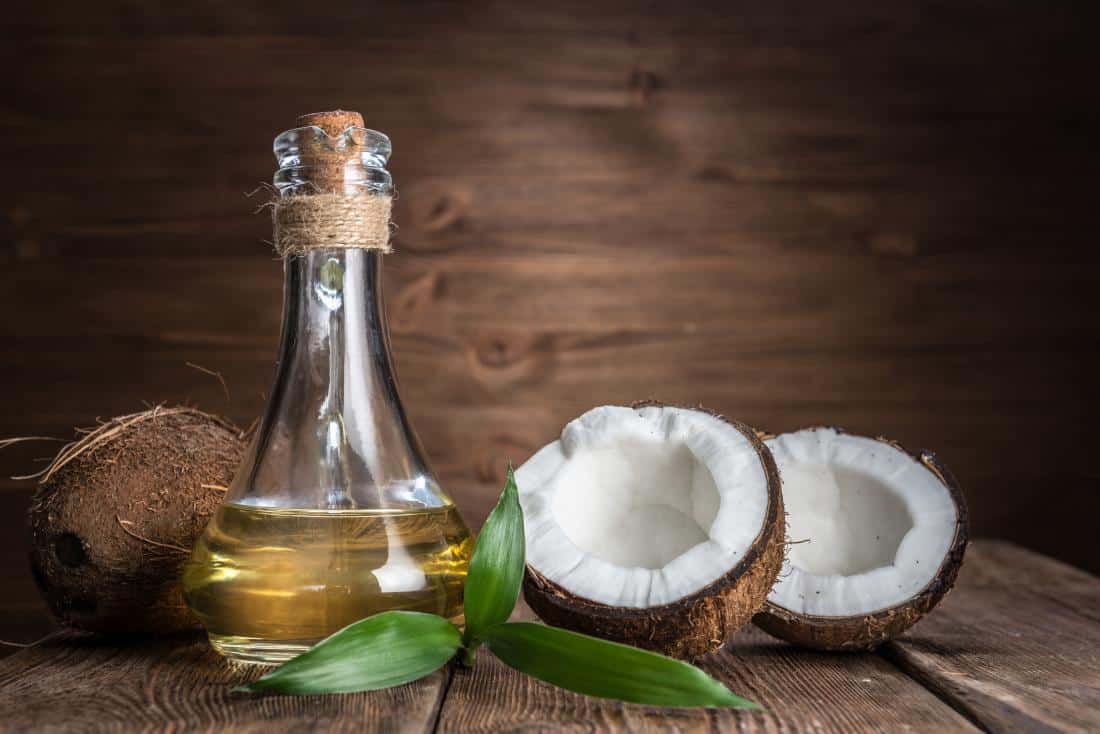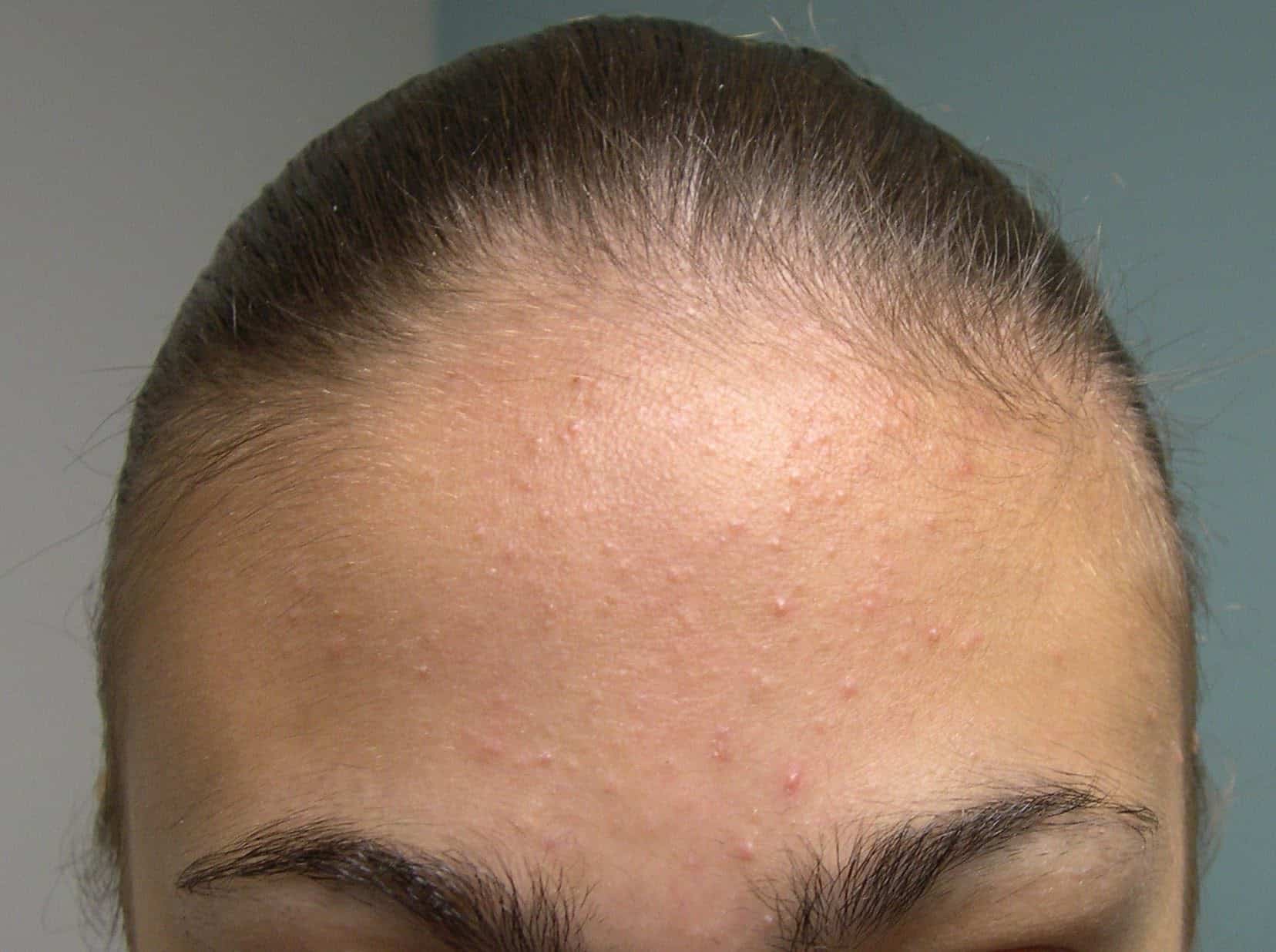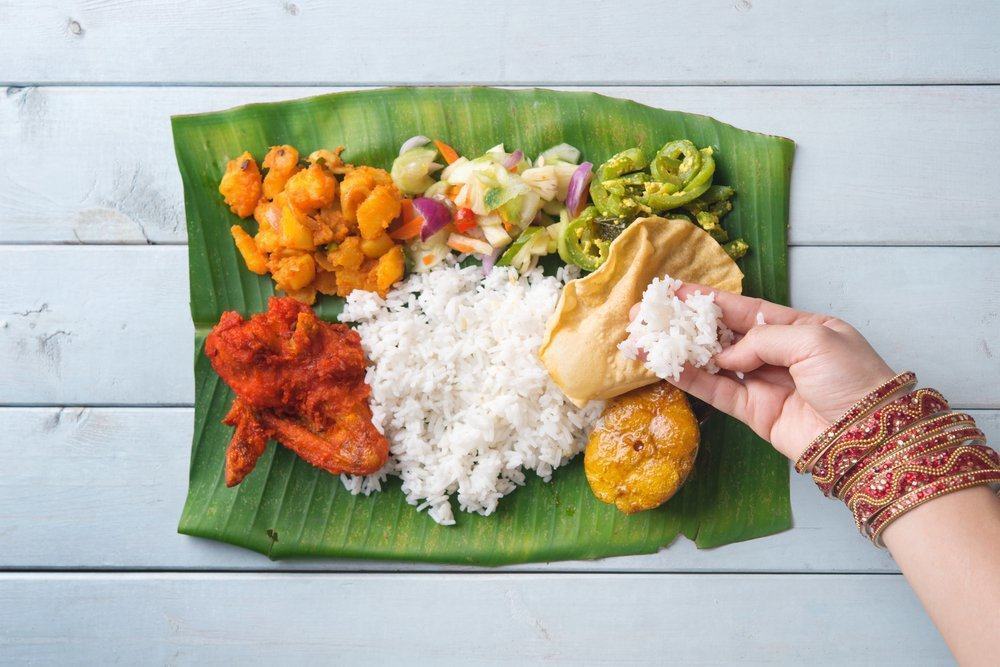Contents:
Medical Video: 10 Foods You Should Never Eat
After a food has been dubbed "unhealthy food" or "makes fat", many people will not think twice about immediately ejecting it for other healthier choices. However, not all foods actually deserve to get a bad reputation that has been closely attached.
Nutrition and nutrition guidelines in the world of food health continue to change, from one study to another. This makes it difficult for us to catch up with the latest information from which foods are healthy and not. Below, we summarize 5 foods that have suffered from the label "bad for health", but now prove to be beneficial for health.
These 5 foods are labeled bad for health, even though ...
1. Egg yolk
Egg yolks have long been believed to be high in cholesterol content. Which means, eating claimed egg yolks will help increase your cholesterol levels, putting you at a higher risk of heart disease. Eggs are also familiar with the myths of acne and boils.
You might be surprised to hear that recent research has found that saturated fat is a major contributor to poor heart health - not natural cholesterol in food (eggs).
In contrast, natural cholesterol is a minor factor (or not a factor at all) from a surge in blood cholesterol in most people, and a number of studies have shown that there is no real relationship between eggs and an increased risk of heart disease. Indeed, eggs are high in cholesterol (184 mg for one egg yolk), but eggs are low in saturated fat - only 1.6 grams in egg yolk.
Reporting from Live Science, Walter Willet, professor of epidemiology and nutrition at Harvard's School of Public Health, states that an increase in blood cholesterol in the body due to an egg in one day is extremely small and can easily be covered with other good aspects of eggs.
Eggs are rich in protein (3 grams in egg yolk). In addition, eggs also contain a series of important nutrients, ranging from vitamins B12 and D, phosphorus, riboflavin, selenium, folate, to choline. Choline serves as a driver of the body's metabolism and deactivates the belly fat gene - which can actually help you stay slim, while reducing your risk of heart disease.
In addition, no scientific research has succeeded in connecting boils as a result of egg consumption. Purulent boils are inflammation of the skin which is localized due to the interaction of the bacteria Staphylococcus aureus and white blood cells.
2. Red meat
Red meat, like those used in steaks, is one of the most controversial foods in history. In fact, if you consume it in the right amount, and the right type of meat, red meat can help you maintain a smooth reading of your weight loss, reduce inflammation, and increase your energy.
Red meat is labeled as a food that is bad for health due to saturated fat - and people tend to associate red meat with burgers (junk food) or heavy foods with coconut milk and fat, which is also closely related to endless health problems. However, other factors surrounding it actually cause health problems rather than red meat itself.
Per 100 grams of raw red meat (10% fat) contains 20 grams of animal protein, vitamin B3, B12 (which cannot be obtained from vegetable sources), B6, iron, zinc, selenium, with a calorie count of only 167 kcal. Red meat is also rich in important nutrients such as Creatine and Carnosine. People who abstain from eating red meat often suffer from this second nutrient deficiency, which can have a negative impact on the body - muscle and brain function.
Red meat type grass-fed even more nutritious than grain-fed because it contains a lot of omega-3 which is good for heart health, as well as CLA fatty acids, and more vitamins A and E. Omega-3 is proven to reduce inflammation, increase insulin resistance, and help the liver more smoothly remove bad fats from the body.
If you consume no more than 2-3 servings (about 85 grams each) red meat per week, and use only red meat varieties grass-fed organic without fat, consumption of beef can help you lose weight and improve the quality of your overall diet.
3. Potatoes
Potatoes often get a reputation as bad food because it makes the glutton hoard many pounds of added weight. Potatoes are also often associated with food ‘junk’ - a side dish of fries typical of fast food restaurants, to packaged potato chips. In addition, potatoes are always a scapegoat for increased blood glucose levels, insulin immunity, and type 2 diabetes.
However, many other foods, including whole-grain breads and cereals, which actually also cause a surge in blood glucose levels similar to potatoes, but still get good grades in food glasses due to their relation to superior health and weight loss.
Potatoes are a good source of potassium, vitamin C, and fiber. Potatoes are even a better alternative than brown rice and oatmeal to delay hunger. Potatoes are tubers that are rich in resistant starch - a type of good carbohydrate that cannot be digested to help regulate blood sugar levels, while providing a satiety that is more durable than refined carbohydrates. A feeling of fullness that lasts longer will make you eat less later on.
To maximize the body's slimming features from potatoes, chill potatoes before you process them into potato salad. The cooling process will crystallize the potato into resistant starch to produce butyrate (a fat-burning chemical compound) and delay the breakdown of starch in the intestine.
4. Peanuts
Peanuts also get a bad reputation for being high in fat and calories, so nuts (and peanut butter) are often the last choice for anyone who is trying to lose weight. In addition, stamped beans contain saturated fat which can cause a risk of heart disease.
Yes, nuts and seeds contain a number of saturated fats, but they are also enriched by the supply of nutrients and fiber that are good for heart health, monounsaturated fats, omega-3s, magnesium builders of bone strength, calcium, and iron as energy providers.
Reported by The Independent, whole beans are the key to a healthy diet and maintaining a healthy body weight. A recent study by the British Journal of Nutrition shows that eating whole beans decreases the risk of death from various chronic heart diseases, such as coronary heart disease and sudden cardiac death. In addition, nuts are also associated with a reduced risk of type 2 diabetes and cholesterol due to the sterol compounds they contain.
Although studies that determine what active components of peanuts can provide these health benefits are still ongoing, one thing is certain: nuts contain high protein and fiber, micronutrients, and good fats that can help you feel full longer. Quoted from Live Strong, according to a Harvard School of Public Health study, women who consumed one serving of peanuts or peanut butter per week showed a reduced risk of obesity by 25 percent and less weight gain - it dropped by around 0.5 kilograms or more - than those who don't eat peanuts at all.
Only, make sure to pay attention to the number of portions to keep the calorie count within normal limits: a maximum of two tablespoons of peanut butter per day.
5. White rice
White rice is ranked top with eggs and red meat as a food that is bad for health. While it is true that white rice has undergone a more complex process than brown rice, most white rice products sold in Indonesia have been enriched with a number of nutrients that may be lost during the production process.
White rice has more advantages than brown rice due to this fortification process. Indeed, brown rice contains phytic acid, antinutrients which delay zinc and iron are digested faster, but white rice contains higher amounts of calcium, folate, and folic acid than brown rice. In addition, brown rice contains more arsenic levels than white rice.
One bowl of warm white rice contains 204 calories and 4.2 grams of protein, 44 grams of carbohydrates, and 0.44 grams of fat. Fat in white rice is mostly present in the form of polyunsaturated fats and monounsaturated fats - a good type of fat. White rice is also low in sugar (0.08 grams per serving).
When white rice is eaten alone without side dishes, indeed one portion contains a high glycemic index. However, who accidentally consumed rice without side dishes? White rice is actually not bad for health, and can be used as a lever for the body to get more nutrients from other healthy foods (such as meat and vegetables as a side dish).
READ ALSO:
- What is a blood type diet?
- Guide to undergoing a Mediterranean diet, a diet for heart health
- Various benefits of caffeine for body health

